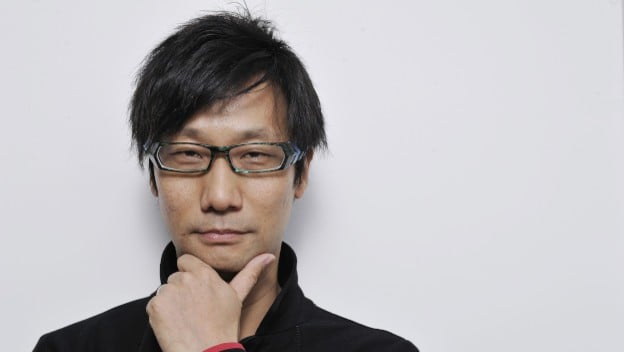Games are a wonderfully inventive medium. They have a lot of visual and storytelling potential. It’s given us iconic characters as well as new iterations of major characters from other media formats. There is always the potential for play and inventiveness on the part of the developers. There are a ton of examples where that invention gets weird, and that weirdness can either land and be a huge benefit or fail and drive a game into obscurity. This article is focusing on the games where the weird stuff paid big dividends, either creating surprise hits or even cult hits, sometimes building franchises, or creating advancement in mechanics that would be better realized in later games where the technology was better.
Super Smash Bros’ Mentality
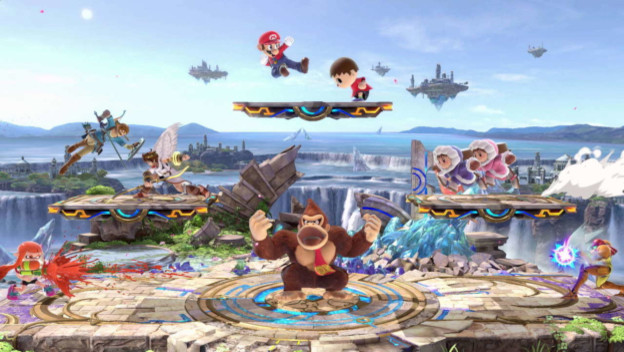
This game franchise is literally just a take on the age-old question of “Which character would win in a fight?” Fighting games are usually profitable. Nintendo characters are icons in the industry, regardless of how long you’ve been a gamer. And much like the superhero “who would win in a fight” debate, the same thing has existed for Nintendo characters as the NES game library grew. While it was only a matter of time that such an idea would come out and would work, when the original Super Smash Bros game came out, it was a weird novelty that happened to work out and succeed.
Final Fantasy XIII and Being Linear
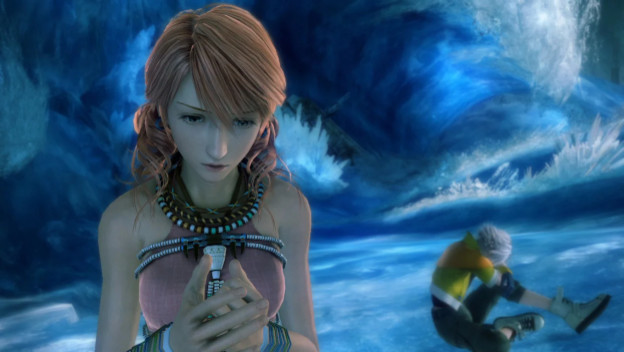
While I tend to give a lot of criticism to Final Fantasy XIII, it is successful at quite a few things, including the market success. Final Fantasy, even in Final Fantasy X, had more exploration and diverging paths that you can take. Even if they led to dead-ends, what the other games had were entire worlds that were beauty and beautifully fleshed out. One of the issues with those fully fleshed worlds though is the fact that you had to build content, regarding how to get there and what was physically there. Since Final Fantasy XIII was basically an incredibly long corridor and the story of the world was largely done through datalogues, the development team was able to focus on the characters and how the conflict surrounding affects them. Part of the reason for Final Fantasy XIII’s success is based in that weird decision to go as linear as the game was.
Metal Gear Saga’s Stealth

While stealth games are a lot more normal today, they were something of a rarity when Hideo Kojima developed the original Metal Gear game. Even in the instances that stealth games existed, outside of the Castle Wolfenstein, most of them weren’t having you play a special forces operative. Most games were you were playing a soldier, whether or not you were on your own, were more of a power fantasy than anything else. With the first Metal Gear game though, while later portions when you’re fully geared up shift more toward the power fantasy, the majority of the game is pretty much as we’ve come to know it. Underequipped and sneaking to try to survive. The strong story and suspense was part of what led to the Metal Gear saga becoming successful and growing into what we know it now.
Katamari Damacy in General

This entire Katamari series is weird. But in its weirdness lies a simplicity that started its success. In the first game, Katamari Damacy, your father – The King of All Cosmos – destroyed all the stars in a drinking binge. Using katamari that captures items relative to its size, you sent out to do tasks that will ultimately recreate the stars that light the cosmos. Its weirdly apocalyptic story mixed with its fun snowball-effect gameplay, bright color design, and weirdly happy and catchy music is what led to Katamari Damacy becoming a series. Clearly the design decisions made were the right ones as it garnered a big enough following to warrant multiple sequels.
Space Invaders and Increasing Speed
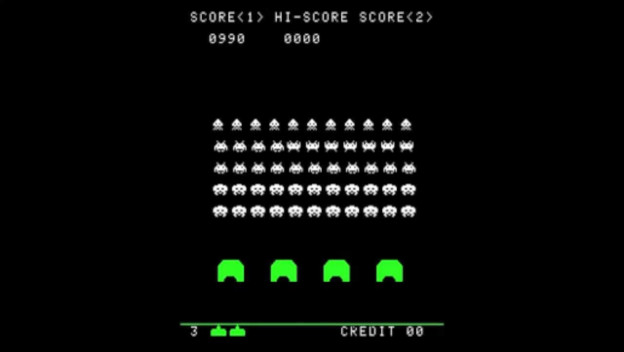
This one isn’t so much a weird game design decision as much as it is a bug that happened to work out. The ramped-up speed of the alien invaders in Space Invaders was supposed to be the regular speed. However, computers weren’t powerful enough to render that many models moving that quickly. So, as you destroyed each ship, the invaders would get quicker because it took less processing power to handle what was left on the screen. So technically the first bit of what could be argued to be adaptive AI/difficulty was just a matter of technology not meeting the software’s demands. Because of the challenge that made the game more addictive, it was added into any other version of the game, even when it was on newer hardware.
3D Dot Game Heroes and 3D Pixel Art
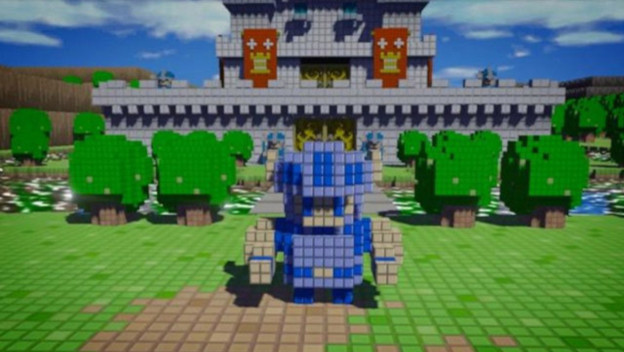
This PS3 exclusive was beautiful, but weird in its presentation. As a send-up tribute to the top-down Legend of Zelda, it was strangely meta. Aside from the meta aspect, there was a weird pixel art aspect to it where everything was designed to resemble pixel art, but in 3D. You know the pixel Link Amiibo? Imagine a game where everything has art matching that. Aside from that, you can also upgrade your sword in a variety of ways including length and girth. This was more of a cult hit with older gamers in on the jokes, but the sheer oddity of it worked wonderfully.
Ni No Kuni’s Emotional Gutpunch
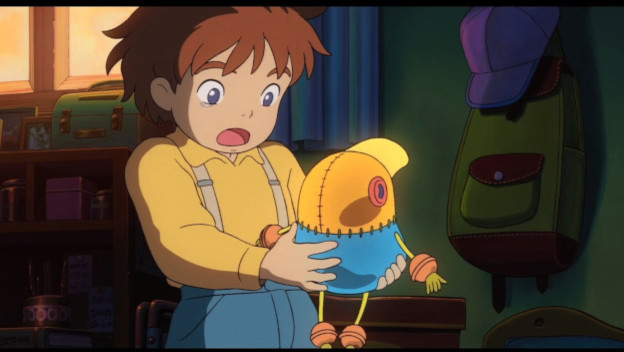
An RPG with art direction from Studio Ghibli. There’s really no way this was going to come out normal, but artistically weird is often part of Ghibli’s wheelhouse. The interdimensional story with a heroic kid going through a coming-of-age story while trying to save someone is almost straight out of Miyazaki’s greatest hits. It’s something that had the potential to not even work, but Level-5 and Studio Ghibli was the perfect team up for an absolute emotional gutpunch. Since the travel between the two dimensions was a part of the gameplay, so that helped expand the story a bit while have interesting mechanical twists where things that happen in either the fantasy world or real world would affect the other one. The Pokemon-like mechanics where you could collect familiars who would help you out in combat or the world was also strange, but well-implemented.
Hyperdimension Neptunia and Being Meta
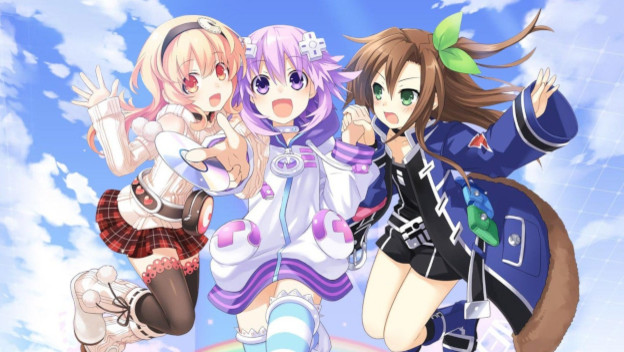
A meta-RPG about the console wars portraying Nintendo, PlayStation, Xbox, and the unreleased Sega Neptune as anime girls. With an interesting story and a lot of gaming-related humor, there was a lot of great send-ups to the industry, both in regard to the high points of gaming and its history as well as the lows of some of the toxic points of the culture. The meta aspect is always going to be a dicey thing as it can always backfire. The fan service aspect, which made up a considerable amount of the artwork, can also potentially backfire. Clearly, the first one did something right as it has done well enough to garner four main series games, 11 spin-off games, and multiple other non-game releases.
The Lost Levels Changing the Formula

After having such a runaway success with the original NES Super Mario Bros game, how can you follow it up? Switch up mechanics. Add in poisonous mushrooms that can hurt or kill you. Change how early different enemies might emerge. Add in weather effects and wind that can ruin your jumps. Basically, keep things looking generally familiar and change up everything. That is what Shigeru Miyamoto did with Super Mario Bros: The Lost Levels. The initial release didn’t make it to the US since Nintendo of America thought that it was too difficult to bring over to the US market. However, it did make its first US appearance in Super Mario All-Star on the SNES. That said, the weirdness of this game, it had a definite effect on the series going forward, especially as the technology got better and allowed for weather effects to have a defined effect on play.22
World of Darkness and Being the Monster
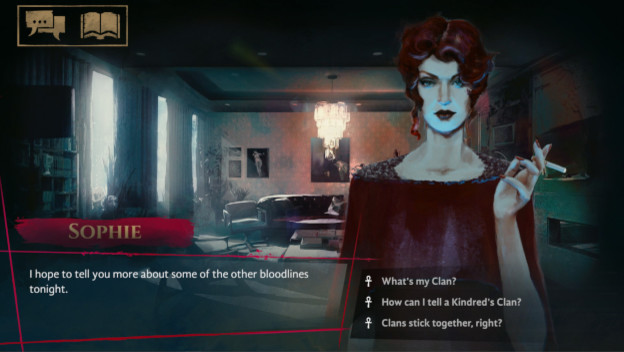
I’m adding this in because we’ve now got multiple World of Darkness games coming out in the near future. We’ve also had multiple takes on World of Darkness and White Wolf’s flagship Vampire: the Masquerade line as well as Hunter: The Reckoning. In the 1990s and earlier, while you could do monstrous stuff in games, you were still a hero. The World of Darkness line when it started around 1992 was novel in a couple of ways. Namely, instead of necessarily being the person hunting the monsters (unless you’re playing Hunter), you were the monster. You were the Mage/witch/warlock, the werewolf, the vampire, the demon, the ghost, the mummy, the Frankensteinian creation, the Highlanderesque Immortal, the fae, etc. You were no longer human and you needed to figure out how you were going to deal with that shift. Seeing as how the overarching line has continued since 28 years and has multiple video games right around the corner, the shift to playing the monster was the right one, especially with the goth-punk aesthetic. However, when it started, it was so far out of left field and potentially badly timed since there was round two or three of the “Satanic Panic” surrounding RPGs starting to bubble back up again.
